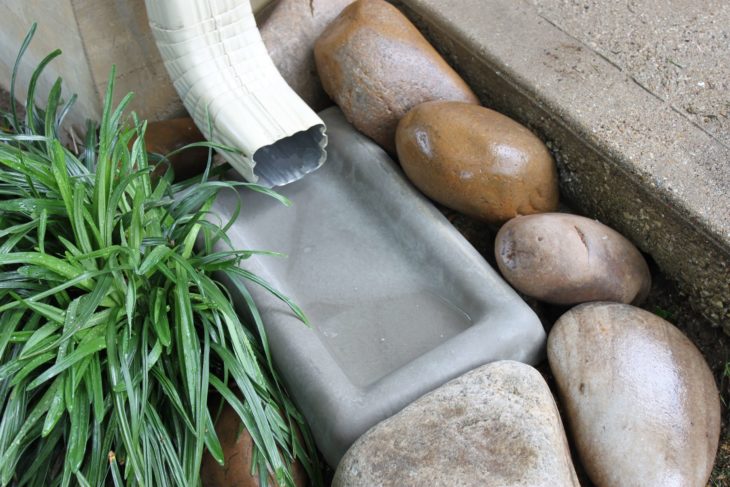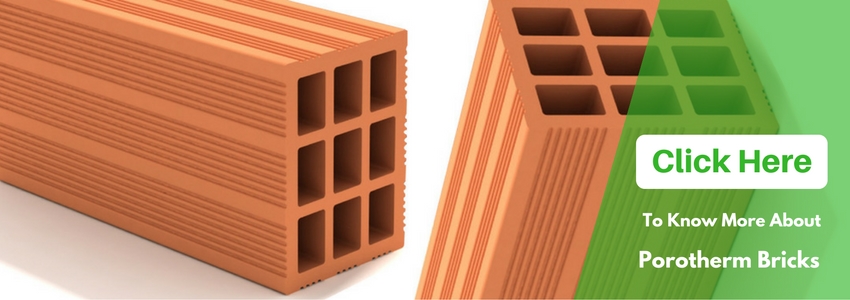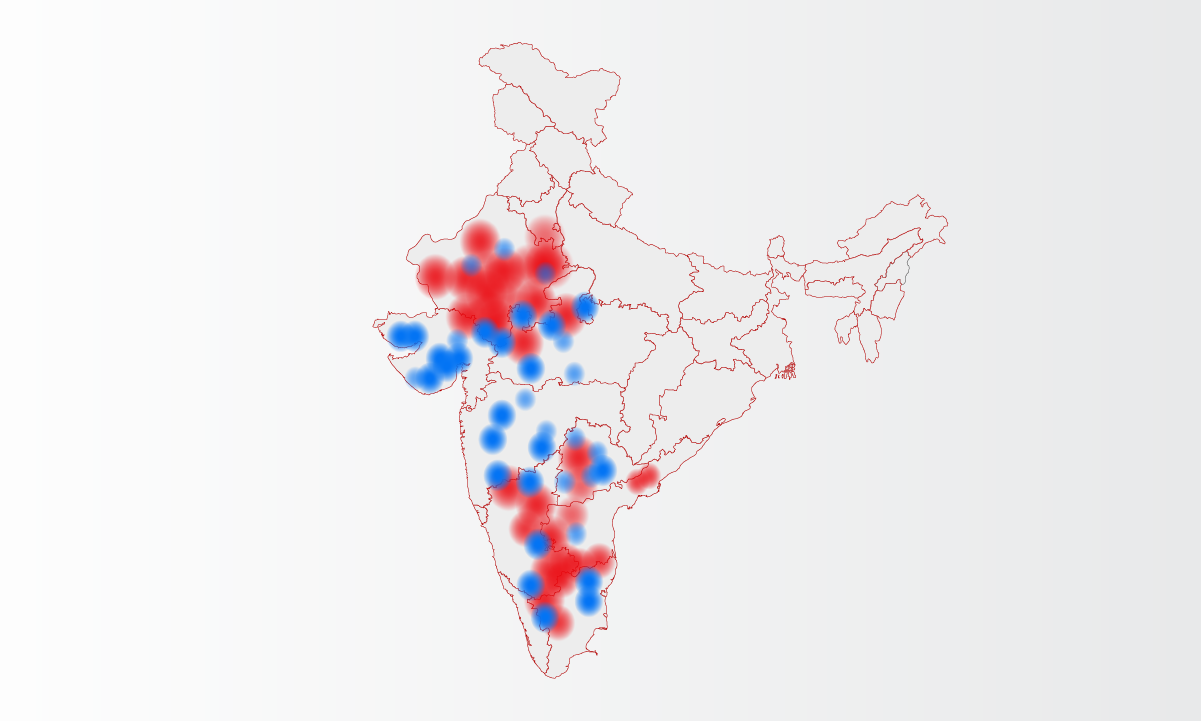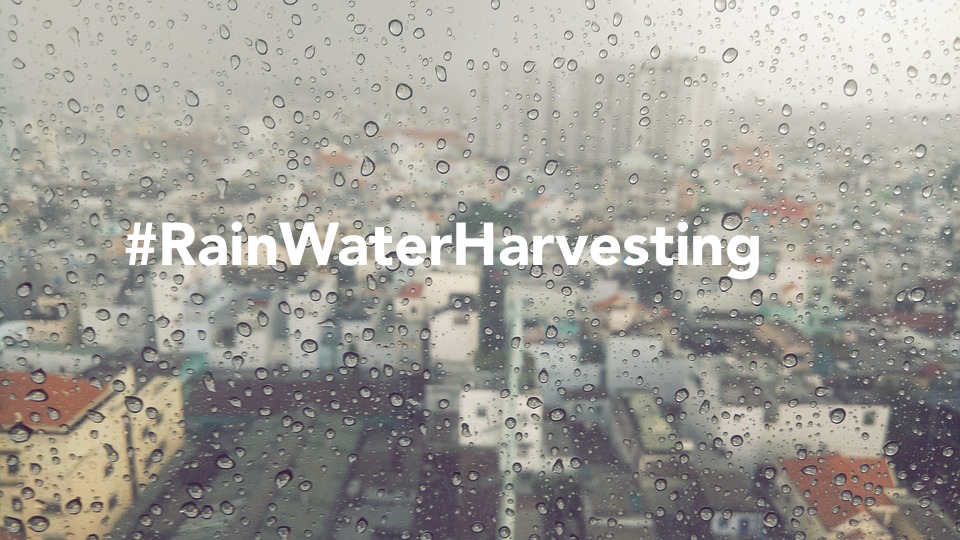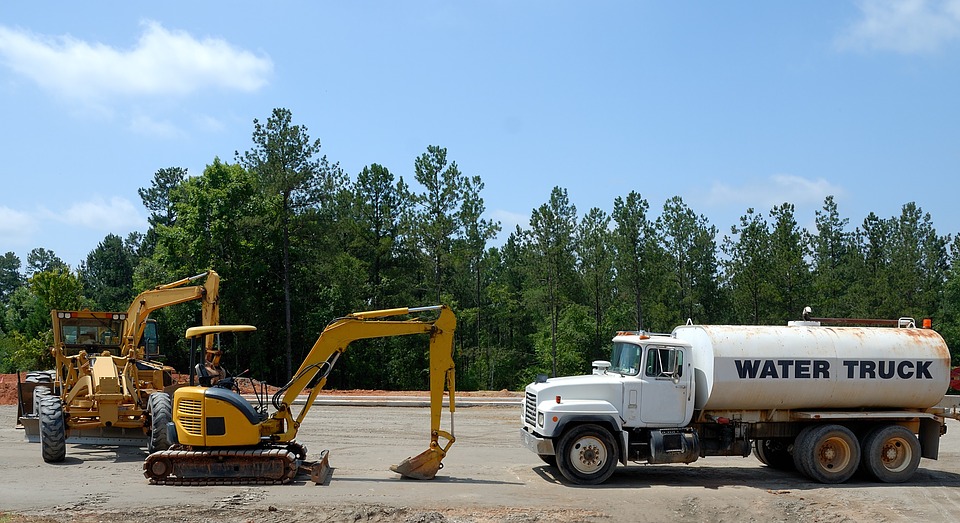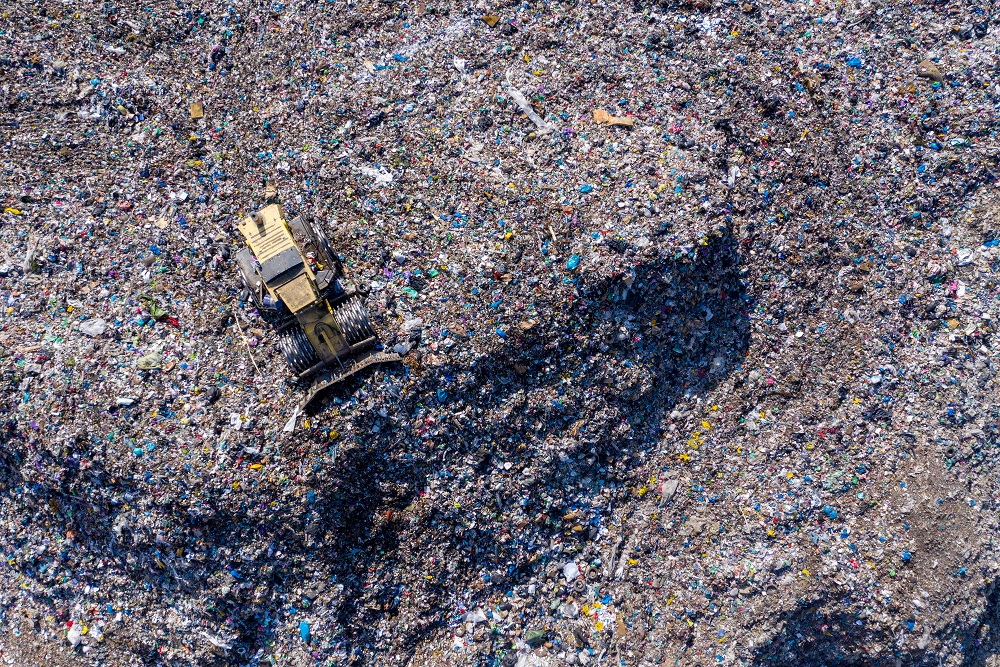Rain water is one of the cheapest and readily available form and if collected can be used in a variety of processes. Rainwater harvesting is a process of collecting and storing rainwater in natural reservoirs or tanks so that it can be later used for things like watering plants or washing. In this process rainwater from rooftops, surface runoff etc. are collected by means of pipe system and is connected to underground tanks, natural reservoirs like lakes or ponds. This is later used for different purposes, as well as prevents possible flooding or waterlogging.
tenuto Why do you need it?
Rainwater harvesting provides a technique to collect and store this water. One of the biggest uses of rainwater harvesting is in drier states where there is a lower rate of rainfall. They can store this water and can later purify it to make usable water or can use it for washing or watering plants. Rainwater harvesting also helps to reduce the need to buy purified water and hence is economical as well.
oftentimes Tips for rain water harvesting

Flowing Wells Installing a rain barrel
The most basic way to collect rainwater is to install a barrel connected to a pipe which takes the water to a storing reservoir. To prevent the barrel from becoming a breeding ground for mosquitoes, you can screen the end of the pipes so that mosquitos don’t enter. Furthermore, you can add vegetable oil to prevent breeding of larvae.

Wonosari Creating a rain garden
A major problem faced after rain is waterlogging. To prevent this we can make a rain garden. It is made on a sunken landscape where plants and shrubs are planted. They help by holding the soil particles together so that water can easily percolate in the groundwater reservoir. It looks beautiful as well as helps in preventing surface runoff.

Making your own rain chain
Rain chains not only look beautiful but provide an excellent replacement for traditional PVC pipes which are used to transport the rainwater. These environments friendly and attractive downspouts help to prevent runoff of water by taking the water to drainage or storage container.
Recharging your wells and bore wells naturally

Rainwater harvesting provides an easy and economical way to recharge bore wells. Usually, a bore well is 6 meters deep, with linings having perforations. These perforations let water be filtered naturally and increase the ground water level.
Setting up a splash block

Splash block is basically a method to absorb the potential energy of the falling rainwater. A splash block is a roughly rectangular shaped plastic or concrete slab which absorbs the force of the falling droplets and thus preventing any effect on the foundation of the building’s foundation. It can also be placed in the garden below the pipes which carry the rainwater so that no holes are created in the soil.
Building a rain saucer

Rain saucer is a faster way to fill a container with rainwater. It is a saucer-like equipment which unfolds in an upside-down umbrella fashion. In this shape, it becomes easier and faster to collect rainwater and also reduces chances of contamination.
Making a reservoir for rainwater

A reservoir is utmost essential equipment in rainwater harvesting. A pipe is connected to a tank or some reservoir which collects rainwater and stores it, the surface be slanting or flat. A win-win for environment and economy it helps to conserve water as well as keep the water consumption bills to a minimum. The collected water is pure and can be used to water plants, wash cars or just for replenishing underground water level.
Water harvesting – a great investment
Rainwater harvesting is a very effective and economical way of conserving water as well as gives a sense of accomplishment of achieving and doing your part in saving the environment, aside from getting substantial benefits as well.
Authored by a Building Expert from Wienerberger India
For an expert advice, drop a word at our email id gosmartbricks@gmail.com


